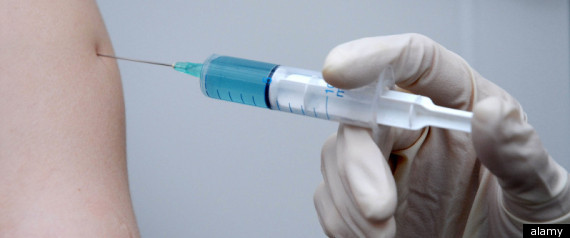REPORT: 350 million people worldwide have depression... -

More than 350 million people suffer from depression globally, the World Health Organization said, ahead of World Mental Health Day on Wednesday.
"It is not a disease of developed countries, it is a global phenomenon. It's present in both genders and in rich and poor populations," Dr Shekhar Saxena, head of the WHO's mental health and substance abuse department, told reporters in Geneva.
No region is free from the disorder and around five percent of the world's population suffers depression in the course of a year, the health expert said.
Fifty percent more women suffer symptoms than men, said Saxena, who added that post-natal depression affected one in five mothers and one in 10 of all young mothers in the developed world.
According to the UN's global health arm, depression is more than just a bout of the blues, rather a "sustained feeling of sadness for two weeks or more" which interferes with "work, school or home".
At its worst, depression can lead to suicide, the WHO expert said, citing a "very clear correlation".
Nearly one million people take their lives every year and more than half of them have depression, Saxena said, although he noted that it was not the sole cause.
"Depression has existed for centuries, the news is, we're not doing anything about it," said Saxena, noting that the shame associated with having the illness meant that fewer than half of those with depression received the care they need.
The figure dropped to less than 10 percent in many countries, he added.
Effective treatment was available, Saxena said, but health workers needed to do more to spot the signs of depression in people who complained of other symptoms, particularly in children as young as 12 and young adults who they did not expect to have the illness.
One of the best ways to treat depression was to talk openly about it, the WHO said, adding that medicine was not the only solution.
"It should not be taken for granted that depression means taking pills," Saxena said.
Read more -
http://www.france24.com/en/20121009-350-million-people-have-depression-world-who

More than 350 million people suffer from depression globally, the World Health Organization said, ahead of World Mental Health Day on Wednesday.
"It is not a disease of developed countries, it is a global phenomenon. It's present in both genders and in rich and poor populations," Dr Shekhar Saxena, head of the WHO's mental health and substance abuse department, told reporters in Geneva.
No region is free from the disorder and around five percent of the world's population suffers depression in the course of a year, the health expert said.
Fifty percent more women suffer symptoms than men, said Saxena, who added that post-natal depression affected one in five mothers and one in 10 of all young mothers in the developed world.
According to the UN's global health arm, depression is more than just a bout of the blues, rather a "sustained feeling of sadness for two weeks or more" which interferes with "work, school or home".
At its worst, depression can lead to suicide, the WHO expert said, citing a "very clear correlation".
Nearly one million people take their lives every year and more than half of them have depression, Saxena said, although he noted that it was not the sole cause.
"Depression has existed for centuries, the news is, we're not doing anything about it," said Saxena, noting that the shame associated with having the illness meant that fewer than half of those with depression received the care they need.
The figure dropped to less than 10 percent in many countries, he added.
Effective treatment was available, Saxena said, but health workers needed to do more to spot the signs of depression in people who complained of other symptoms, particularly in children as young as 12 and young adults who they did not expect to have the illness.
One of the best ways to treat depression was to talk openly about it, the WHO said, adding that medicine was not the only solution.
"It should not be taken for granted that depression means taking pills," Saxena said.
Read more -
http://www.france24.com/en/20121009-350-million-people-have-depression-world-who






